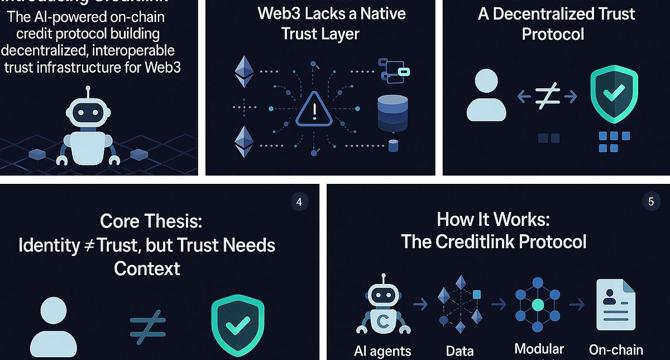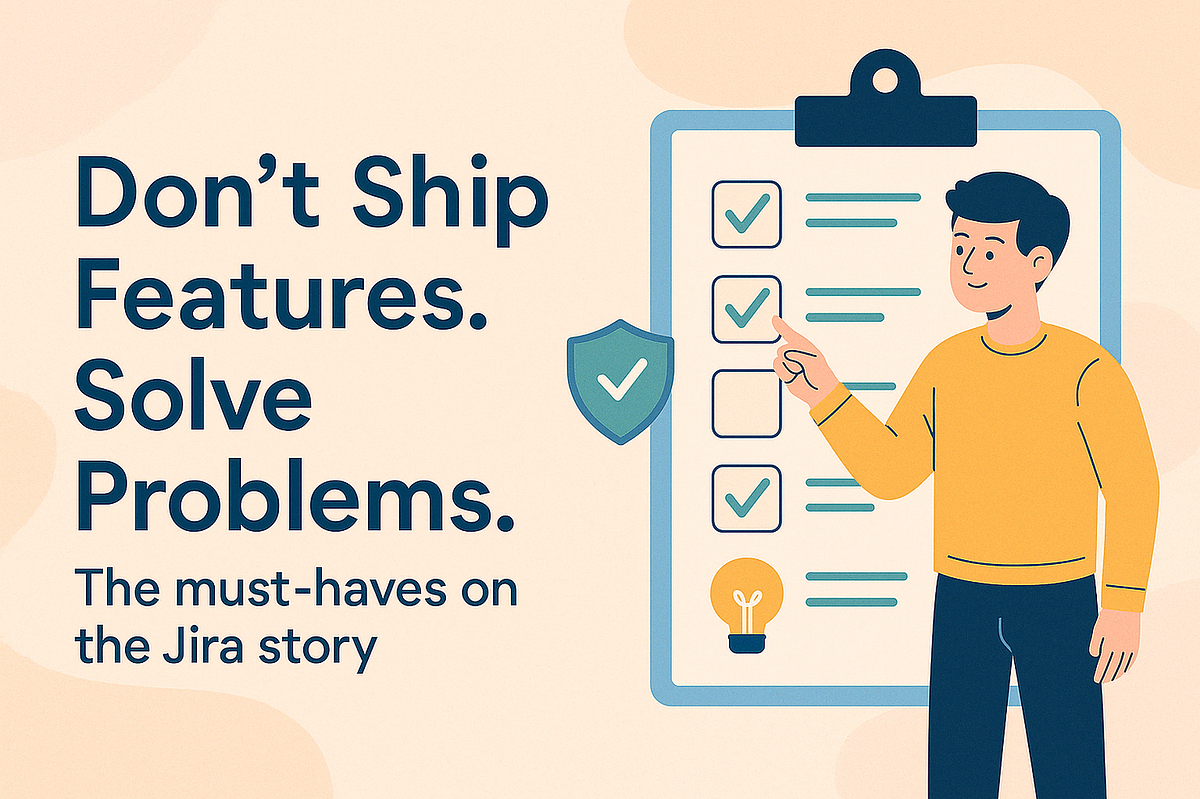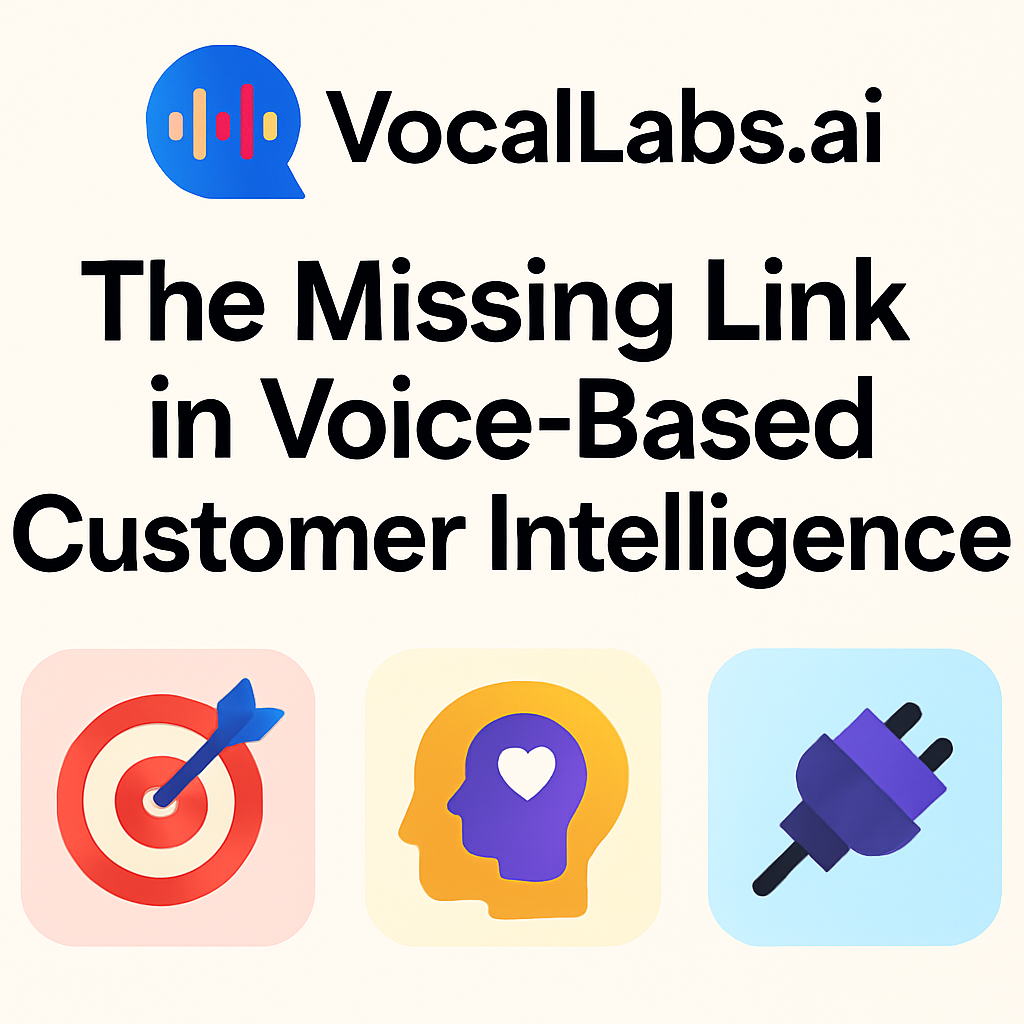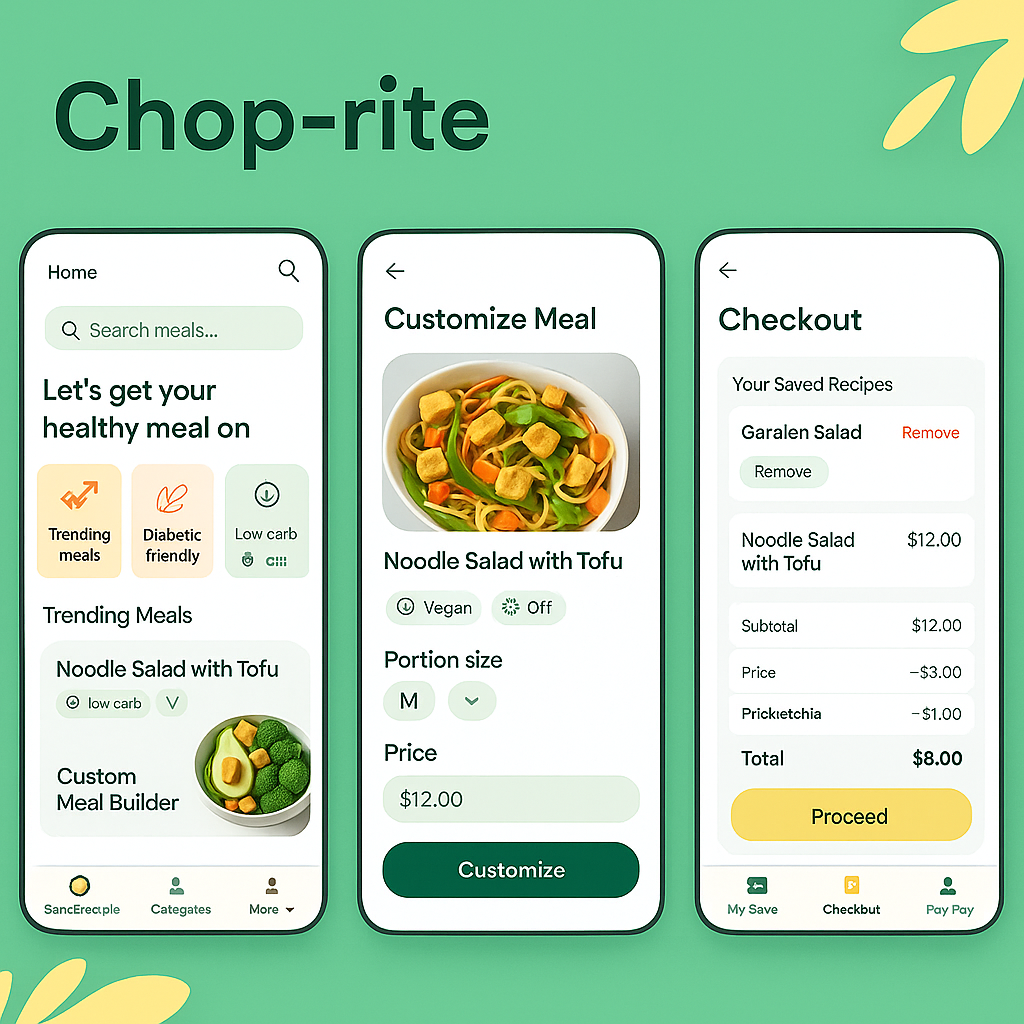Product Management News
Medium
173

Image Credit: Medium
Introducing Creditlink:@creditslink The AI-powered on-chain credit protocol revolutionizing…
- Creditlink is an AI-powered on-chain credit protocol aiming to be a decentralized 'credit bureau' for wallets, emphasizing openness, composability, and privacy.
- The core thesis of Creditlink focuses on building contextual trust scores based on on-chain and off-chain behavior, rather than linking trust to identity like traditional credit scores in Web2.
- The Creditlink Protocol involves AI agents processing data from on-chain history, social graphs, and risk behavior to provide users with on-chain credit attestations that can be combined across DeFi, DAOs, and dApps.
- One use case of Creditlink is in DAO governance to enhance Sybil resistance and improve governance structures, with the vision of creating a trust infrastructure that transcends borders and identities for a decentralized economy.
Read Full Article
10 Likes
Medium
320

Image Credit: Medium
Don’t Ship Features. Solve Problems: The Must-Haves in Every Jira Story
- Developers should focus on solving problems rather than just shipping features, by understanding the underlying business needs and pain points.
- It is crucial to ask the right questions before working on a task, such as how the business currently operates without a feature and what key performance indicators (KPIs) will be impacted by the change.
- Business users should communicate problems, not just solutions, allowing engineers to create better and more effective solutions.
- Every Jira story should include essential components to ensure it addresses the problem effectively, transforming tickets into meaningful units of work.
Read Full Article
19 Likes
Medium
78
Image Credit: Medium
Most Startups Die Because They Never Tested This…
- Many startups fail due to building unnecessary features without validating actual user needs.
- Quality assurance should focus on product truth, not just software functionality.
- Reframing QA as Product-Market Fit Assurance can help teams avoid building irrelevant features.
- By prioritizing user feedback and emotions over clean code, startups can determine if they are moving closer to PMF.
Read Full Article
4 Likes
Medium
338

Shipping Prompts, Not Code: Why Every User Will Soon Have Their Own Unique UX
- Three key trends are driving a fundamental shift in how user interfaces work: widespread hardware acceleration, significant reduction in the size of AI models, and the importance of prompt-native teams.
- The radical concept is to stop shipping interfaces and instead deliver capabilities and restrictions. The user's device would then generate the interface in real-time, creating only what's needed when it's needed.
- This transition changes the software development process, requiring product managers to outline capabilities and limitations, designers to create adaptive rule systems, engineers to focus on APIs and boundaries, and data scientists to analyze interface performance across user populations.
- The shift towards generating interfaces on-demand brings challenges and opportunities in areas like support, brand consistency, accessibility, and progressive disclosure, with the potential for bug fixes to be as simple as refreshing.
- The concept is not far off as the necessary components already exist, prompting the question of a potential prototype within the next year.
Read Full Article
20 Likes
Discover more
- Programming News
- Software News
- Web Design
- Devops News
- Open Source News
- Databases
- Cloud News
- Operating Systems News
- Agile Methodology News
- Computer Engineering
- Startup News
- Cryptocurrency News
- Technology News
- Blockchain News
- Data Science News
- AR News
- Apple News
- Cyber Security News
- Leadership News
- Gaming News
- Automobiles News
Medium
351

Image Credit: Medium
Meta’s Centralized Approach to Decision Record-Keeping
- Meta conducts up to 200,000 experiments annually, making millions of user impacts.
- This blog post introduces a centralized catalog of experiment decisions at Meta.
- Decision metadata is crucial for refining products and making informed decisions.
- Efforts to improve decision record-keeping include a refreshed interface and standardized dataset.
- The centralized dataset assists in analyzing past experiments and setting forward-looking goals.
Read Full Article
21 Likes
Medium
56

Image Credit: Medium
Rapido’s Bold Move: Biting Into Food Delivery
- Rapido explores entering India's food delivery market dominated by Zomato and Swiggy.
- The study focuses on underserved Tier 2/3 markets, addressing challenges like high costs.
- Proposed solutions include hyperlocal vendor discovery and transparent commission structures.
- Combining product strategy with user-centered design, Rapido aims for market disruption and expansion.
- The case study presents a roadmap for Rapido's entry into the competitive food delivery sector.
Read Full Article
3 Likes
Medium
117

Image Credit: Medium
The Missing Signal in Customer Feedback: Why VocalLabs.ai Is What Your Team Needs
- VocalLabs.ai focuses on analyzing what customers say and how they say it, providing a voice-based command center for customer intelligence.
- It uncovers raw and honest feedback that other analytics tools may miss, helping startups, product teams, and CX leaders identify issues and make informed decisions.
- VocalLabs.ai offers features like emotion detection, intent classification, voice-centric analysis, and real-time integration for deeper insights and smarter decision-making.
- It distinguishes itself from tools like Otter and Fireflies by emphasizing insight over documentation, making it a valuable asset for understanding customer emotions and improving products and services.
Read Full Article
7 Likes
Medium
138

Image Credit: Medium
Putting Engineers in the Driver’s Seat: A Look at Engineer-Led Development
- Engineer-led development enables engineers to explore all possibilities and propose solutions, leading to better design outcomes.
- This approach provides clear estimates of development efforts and helps application designers create superior solutions.
- Creating a team culture that values experimentation and open communication is crucial for successful engineer-led development.
- Setting clear expectations and guiding engineers in their research allows for a more effective implementation of this development approach.
Read Full Article
8 Likes
Medium
30
Image Credit: Medium
Switching from product org to consulting
- The individual reflects on their transition from a product organization to a consulting role at Fluxon.
- Initially, the concept of consulting conjured images of detached experts and vague strategies, but Fluxon's approach differed greatly.
- At Fluxon, there are full teams in place from the beginning, including a product manager, UX designer, tech lead, engineers, and a technical project manager, resembling world-class product companies.
- The client is integrated into the team at Fluxon, creating a more collaborative environment that the individual values and explains to a candidate.
Read Full Article
1 Like
Medium
186

Context Engineering Is Just One Piece: The Evolution to AI Systems
- Context engineering is evolving beyond managing context windows to building complete AI systems with problem decomposition and complex control flows.
- Modern AI tools like Claude Code and Anthropic's AI pair programming system involve complete systems, not just prompts or context, which coordinate tasks intelligently.
- Building efficient AI systems requires recognizing the importance of decomposing problems, comprehensive evaluation strategies, and continuous improvement in various aspects.
- The evolution in AI engineering signifies a shift towards building intelligent applications that require a new level of software engineering expertise, leading to the development of sophisticated AI-native applications.
Read Full Article
11 Likes
Medium
47

Image Credit: Medium
Why I Choose Ghostwriting Field
- Ghostwriting allows the writer to extend their voice and skill to help others express themselves when they can't find the words.
- The appeal of ghostwriting lies in crafting impactful stories without being in the limelight, particularly in fields like self-development, wellness, storytelling, and women empowerment.
- The writer is drawn to collaborating with individuals such as life coaches, wellness influencers, and tech founders who lack the time or writing skills to articulate their strong messages effectively.
- The writer's interests revolve around topics like emotional healing, creativity, feminine energy, and faith, aiming to serve people who resonate with these themes by capturing tone and emotion authentically.
Read Full Article
2 Likes
Medium
1.3k

Image Credit: Medium
The Second Agile Truth: Agile Isn’t Anti Documentation
- Agile values prioritize delivering value over comprehensive documentation, not anti-documentation.
- Scrum Masters play a crucial role in coaching teams to understand Agile's documentation approach.
- Balancing lightweight, useful documentation with delivering value is key in Agile methodologies.
Read Full Article
7 Likes
Medium
334

Image Credit: Medium
Designing a Refrigerator for the Blind — My PM Interview Story
- During a product management interview, the author was tasked with designing a refrigerator for the blind.
- The author emphasizes the importance of asking clarifying questions such as the type of refrigerator, region, market, budget constraints, and business objectives.
- The business objective presented was to acquire new customers, tap into an underserved audience, and create something socially impactful.
- The author discusses potential solutions for designing a refrigerator for the blind using technology to address accessibility issues.
Read Full Article
20 Likes
Medium
74

Image Credit: Medium
The Session Log Revolution: How Structured Documentation Changed Everything
- The article discusses the importance and benefits of keeping structured session logs during a development project, particularly when collaborating with AI assistants on complex architectural problems.
- Session logs help in maintaining context, documenting decisions, capturing errors, preventing repeated mistakes, and improving collaboration between humans and AI.
- The logs serve as institutional knowledge, aid in training the AI, and enhance sustainable development practices by providing clarity on architectural decisions and preventing technical debt accumulation.
- The article emphasizes the value of session logs as a thinking tool that transforms rapid AI-assisted development into a structured learning process, leading to more effective collaboration and sustainable software development.
Read Full Article
4 Likes
Medium
364

Image Credit: Medium
Product Management Capstone Project II-Case Study: CHOP-RITE APP
- Chop-Rite is a food ordering platform offering customizable meals based on user preferences and health needs, aimed at addressing the lack of personalized options for individuals with dietary restrictions or health concerns.
- The platform aims to convert existing users into paying customers by focusing on advanced filtering, personalization, and real-time support from chefs and nutritionists alongside business objectives.
- The global healthy meal delivery services market is expected to grow significantly by 2025, with meal-kit delivery markets forecasted to expand, emphasizing the demand for convenient and nutritious eating options.
- Despite promising market trends, many existing healthy food ordering apps struggle to provide truly nutritious choices, highlighting the importance of Chop-Rite's user-centered approach towards customizable, health-aligned meals tailored to specific needs, particularly focusing on African audiences.
Read Full Article
21 Likes
For uninterrupted reading, download the app